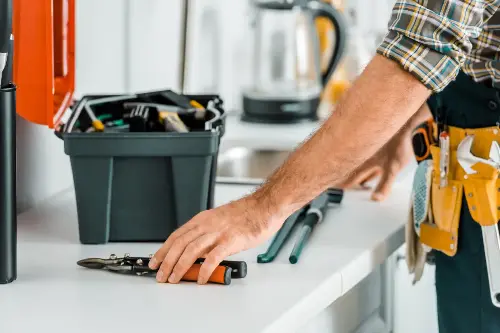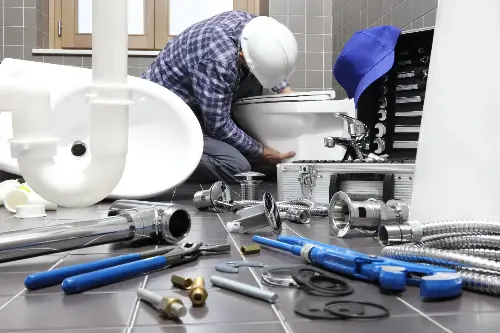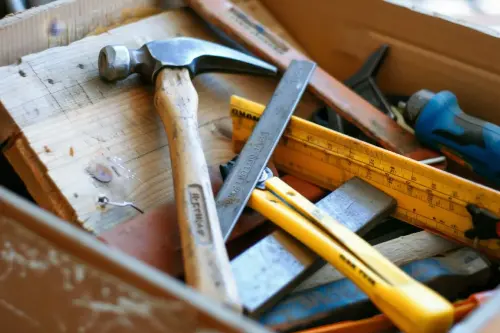Whether you’re a seasoned do-it-yourself enthusiast or a homeowner just starting to tackle basic repairs, there’s something thrilling about solving household problems with your own two hands. A well-stocked toolkit isn’t just a collection of objects—it’s your arsenal for everyday triumphs, surprise mishaps, and moments when calling in a professional is simply not practical. The right toolkit unlocks that unique confidence that lets you say, “I’ve got this.” But what does this essential home repair kit really entail, and why is it a must-have for every household?

The Soul Of A Toolkit: What Should It Hold?
Every home faces its own blend of quirks, from a perpetually loose cupboard handle to mysteriously squeaky hinges. The beauty of a comprehensive toolkit is its versatility. At the heart of every essential kit are tried-and-true basics: a claw hammer, a set of screwdrivers in multiple sizes and heads, a sturdy tape measure, adjustable pliers, and a box of assorted nails and screws. These five core items can handle the lion’s share of tasks, from hanging a beloved family photo to tightening up a wobbly chair leg.
Delve deeper, and you’ll find that the most satisfied homeowners often swear by a few additions. A utility knife comes in handy for everything from opening parcels to trimming worn carpet edges. A spirit level guarantees that your art hangs straight and your handiwork impresses. Don’t forget a good, all-purpose wrench, a set of Allen keys (essential for modern flat-pack furniture), and a reliable torch or headlamp for those dimly lit corners under the sink or attic.
The Power Of Preparedness: Why Every Home Needs A Toolkit
There’s an undeniable sense of pride in handling life’s little emergencies. Got a leaky tap? With basic plumber’s tape and the right wrench, a quick fix may be minutes away instead of hours—no need to wait for costly repairs. When your door handle comes loose minutes before guests arrive, having the right screwdriver can avert embarrassment and stress.
A toolkit fosters independence and self-sufficiency. Even those who claim to have “no DIY skills” discover that most home fixes are less about brute strength or expertise, and more about having the right tools on hand and the willingness to give things a go. Studies show that homeowners who keep a stocked toolkit report feeling more empowered and less anxious in the face of common breakdowns or emergencies. It turns every challenge into an opportunity for learning—a mindset that pays dividends well beyond home maintenance.

Helpful Additions For Every Situation
While classic tools form the backbone of a household kit, a few modern upgrades can take your toolkit from helpful to heroic. A power drill is increasingly affordable, and with the right bits, it can handle everything from assembling furniture to drilling pilot holes for wall anchors. If your home features a lot of electronics, a set of precision screwdrivers and a wire stripper can make safe work of basic repairs.
Don’t overlook safety. Every toolkit should include sturdy work gloves to protect your hands and a pair of safety goggles for unexpected splinters or dust. Adhesive wall hooks, superglue, and a roll of duct tape belong in the emergency corner of your kit—the silent heroes for quick, temporary fixes.
With sustainability on everyone's mind, consider adding tools designed to help you make eco-friendly upgrades. A water meter key can help identify leaks that waste water, while a stud finder lets you safely hang heavier items without damaging walls, reducing the need for patch-up jobs.
Creative Fixes And Fun Facts
Toolkits aren’t just about fixing what’s broken—they’re a treasure trove for creatives, hobbyists, and future builders. The humble claw hammer, for example, was first patented back in the 1800s and remains almost unchanged today due to its flawless ergonomic design. Did you know that duct tape was invented in World War II for sealing ammunition cases? Today, the same tape mends hoses, secures cables, and even doubles as a temporary patch for leaky umbrellas!
More families are discovering the joy of “fix it nights,” where adults and children alike bond over small repair projects. These moments teach invaluable skills, foster patience, and build confidence in the next generation. There’s even a growing movement for tool-sharing libraries in some neighbourhoods, encouraging reduced waste and greater community involvement.

Building Your Toolkit: Tips For Getting Started
Assembling a toolkit from scratch doesn’t have to break the bank. Many quality starter kits are available at local hardware stores or online, bundling essential tools at a fraction of their individual prices. When choosing tools, quality counts—look for forged steel, non-slip handles, and brands with good warranties. A sturdy toolbox or caddy keeps everything organised and portable; some homeowners even opt for wall-mounted tool racks for easy access.
Don’t feel pressured to buy everything at once. Start with the basics, then let your toolkit evolve as you conquer new projects. Keep your toolkit in an accessible spot, and do a quick inventory every few months. Investing a little bit of time into your toolkit now can save countless hours and expenses in the future.
Unlocking homeowner confidence isn’t a matter of expertise but of empowerment. With the right toolkit, everyday fixes become opportunities for self-reliance, creativity, and pride in your home. So, the next time something rattles, squeaks, or leaks, you’ll know exactly where to turn—straight to your must-have toolkit, and onward to the satisfaction of a job well done.
